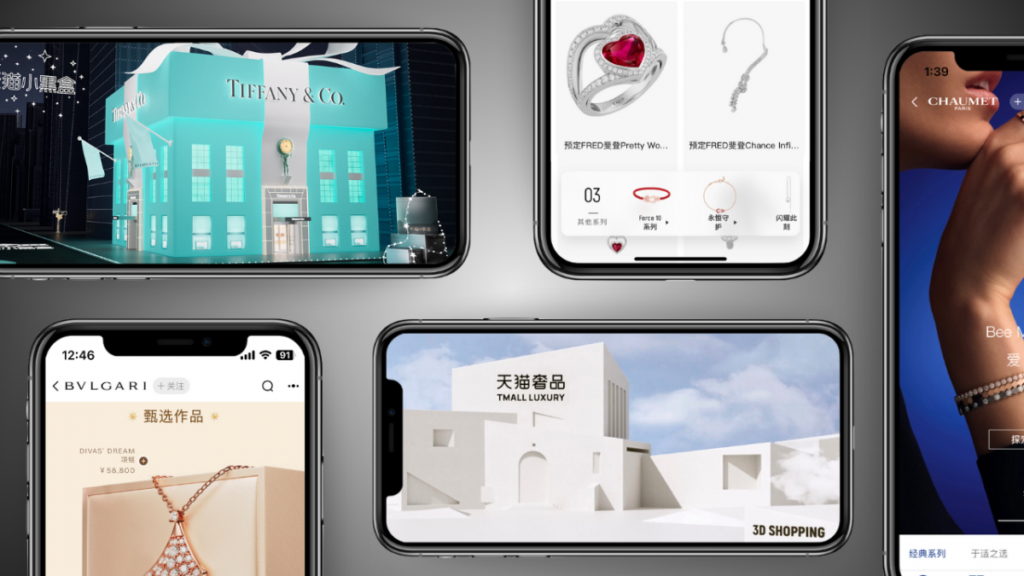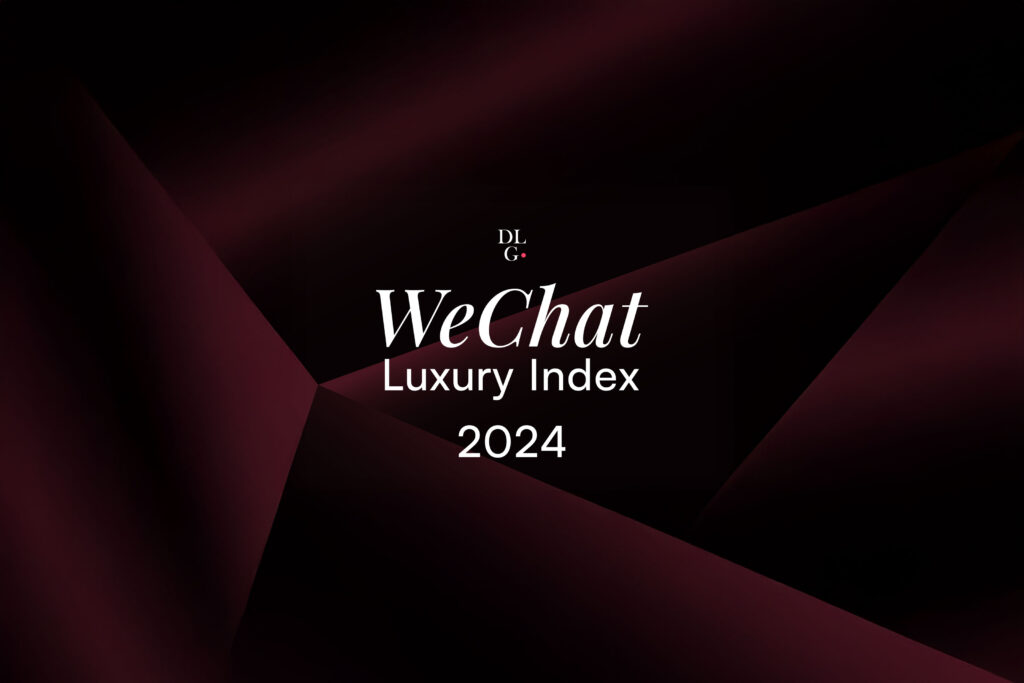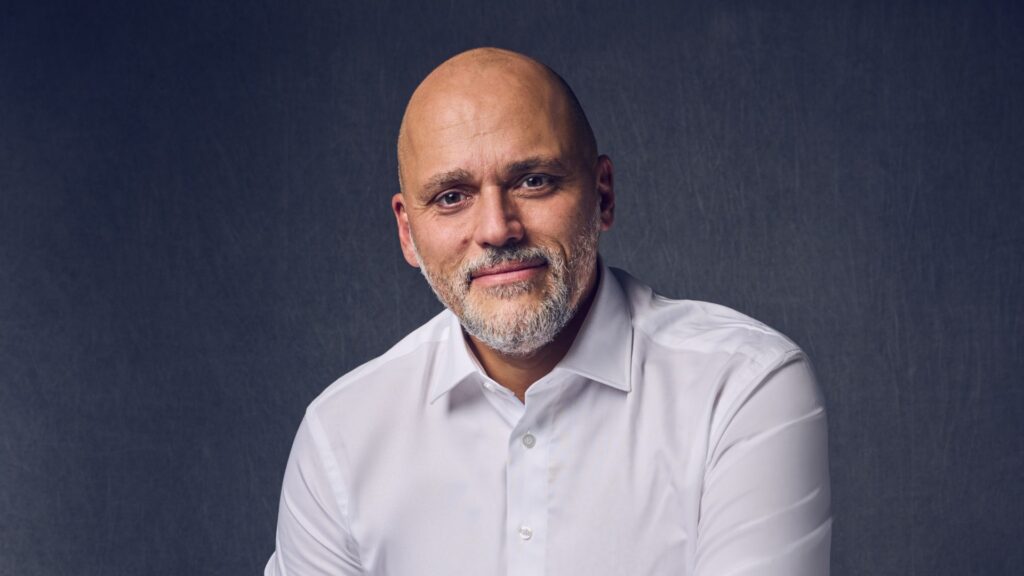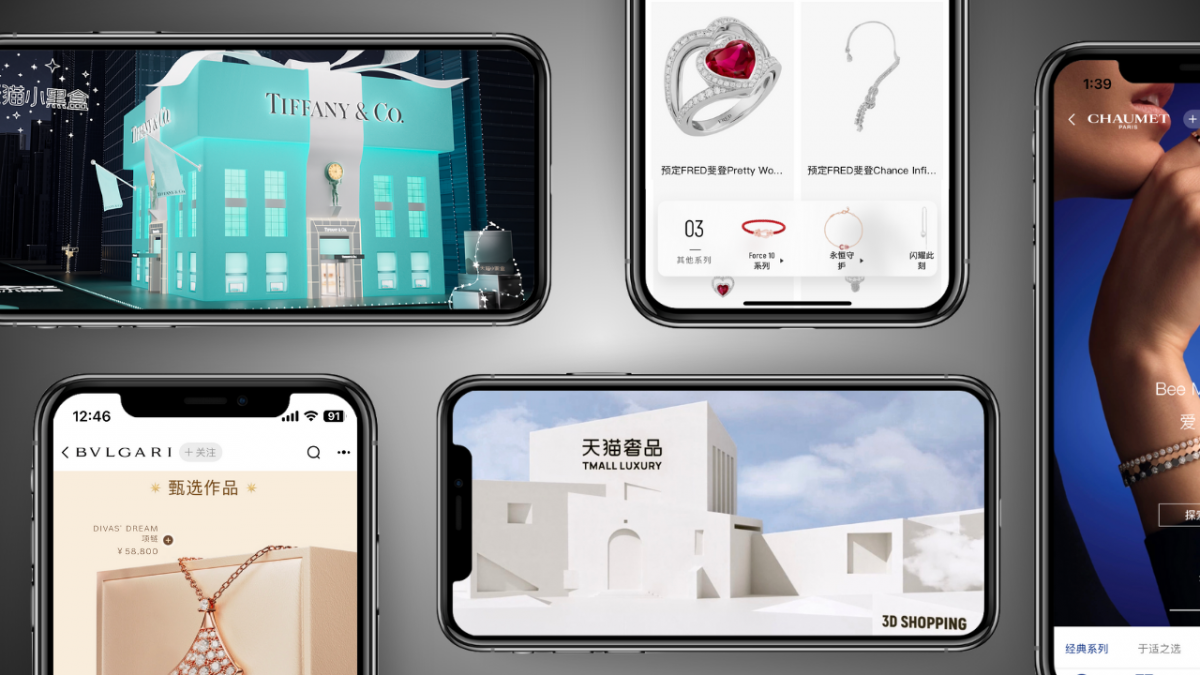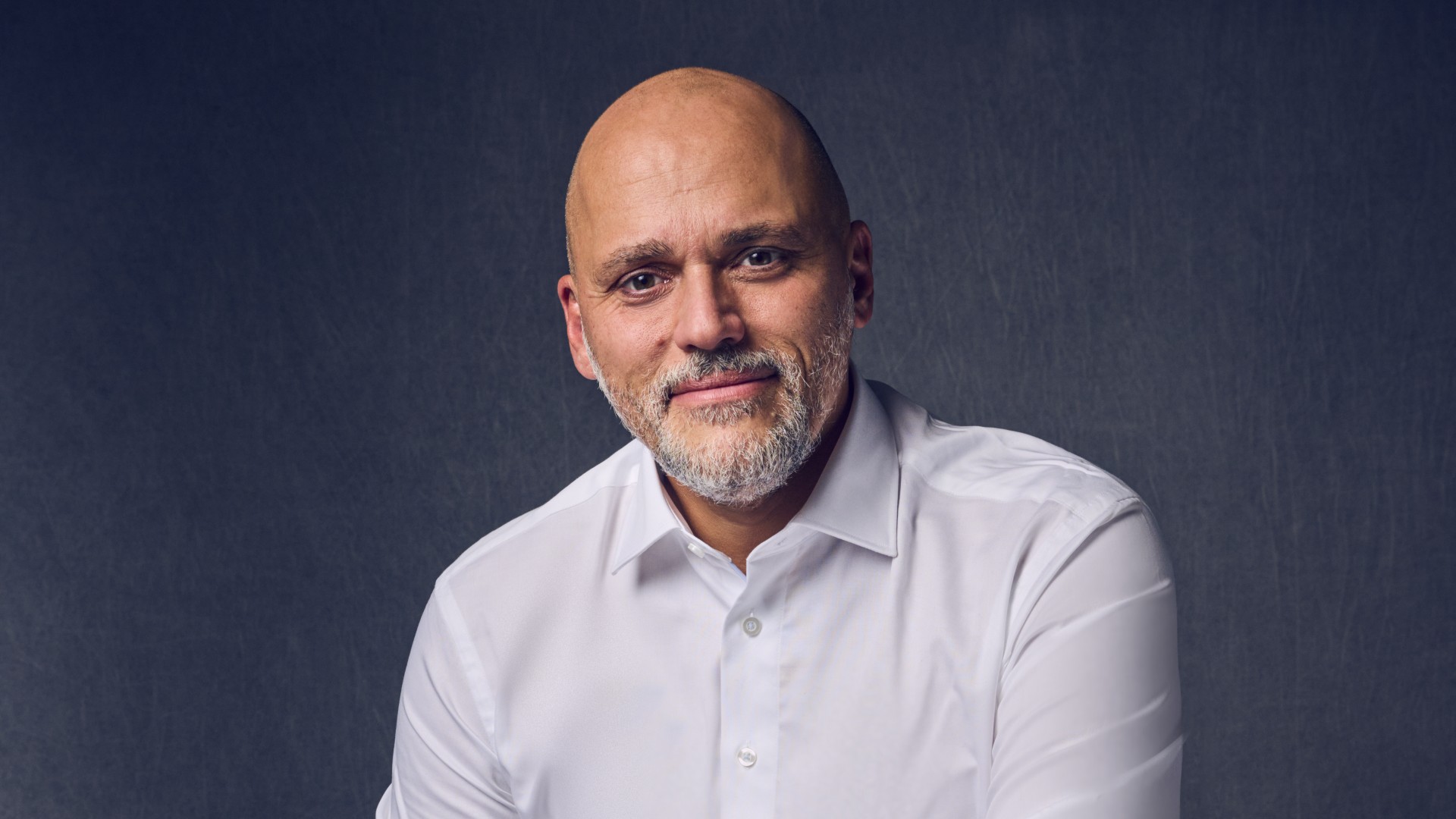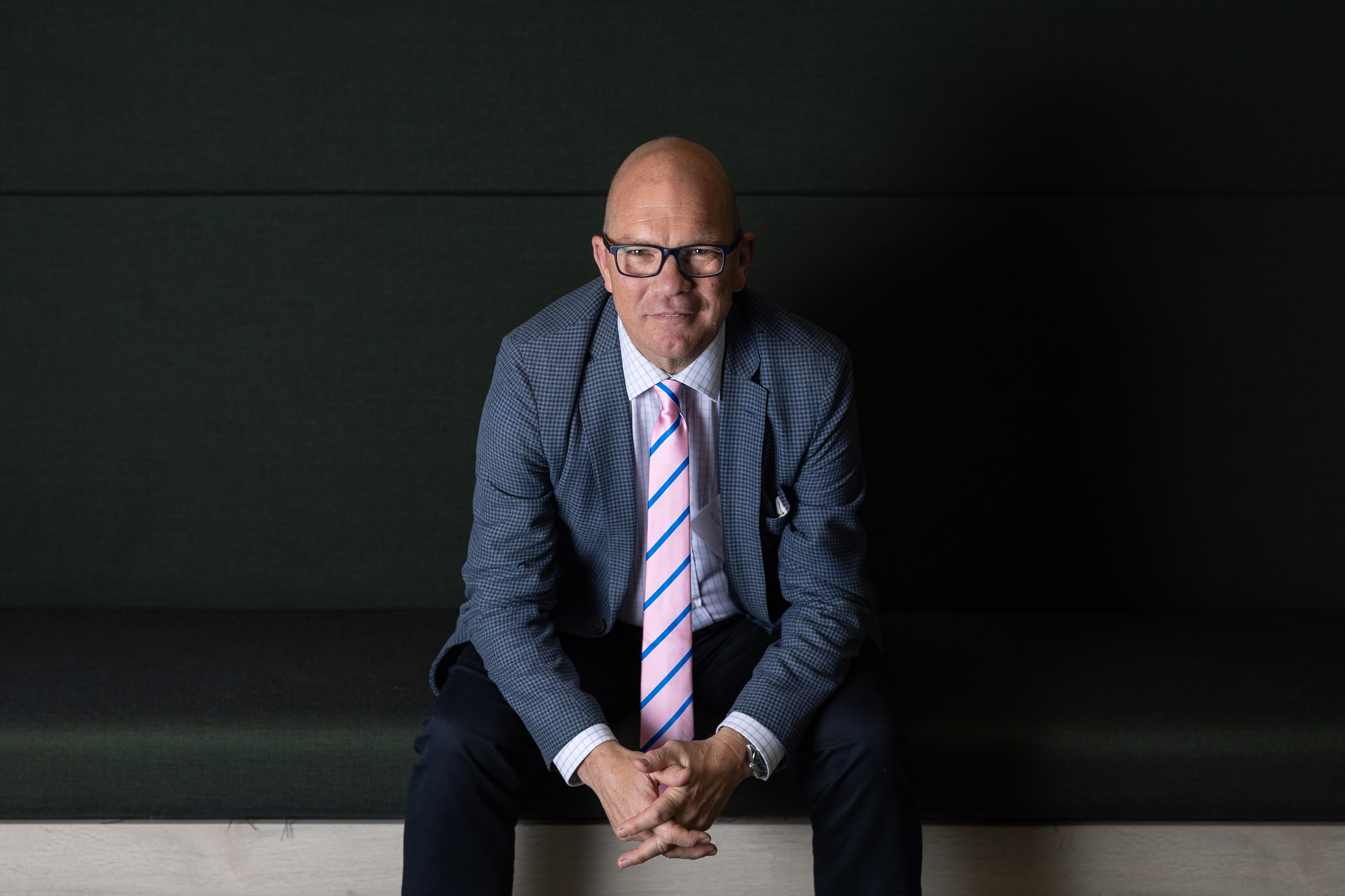How Gerry McGovern’s radical vision is reshaping what it means to be a luxury automotive brand in today’s world
The luxury automotive landscape witnessed one of its most audacious – and controversial – transformations in November 2024, when Jaguar unveiled a complete brand overhaul that sent shockwaves through both the automotive and luxury industries. What emerged was not merely a rebrand, but a fundamental reimagining of what a car company could represent in the modern luxury ecosystem.
This strategic pivot represents more than aesthetic changes – it signals Jaguar’s evolution from a traditional automotive manufacturer to what industry insiders describe as “a luxury brand that happens to make cars.” The implications of this transformation extend far beyond the automotive sector, offering crucial insights into how heritage brands can reinvent themselves for contemporary luxury consumers.
At the helm of this transformation is Gerry McGovern, Chief Creative Officer of Jaguar Land Rover (JLR), whose bold vision has challenged every assumption about automotive branding. In a recent interview on The Luxury Society Podcast, McGovern provided exclusive insights into the thinking behind this radical departure from convention, revealing a strategy that prioritises cultural relevance over traditional automotive marketing playbooks.
Breaking Through Traditional Boundaries
Jaguar’s November 2024 brand relaunch generated unprecedented attention, accumulating over 15 million Google searches in the first month alone – a 29% increase from the previous month, based on DLG’s proprietary data analytics solution, DemandTrackerTM. The brand’s launch video has since accumulated over 4.1 million views on YouTube in just five months, representing three times the engagement of comparable luxury automotive campaigns.

Credit: Jaguar
This extraordinary response reflects more than curiosity – it demonstrates the power of differentiation in an increasingly crowded luxury market. By deliberately breaking from automotive marketing conventions, Jaguar achieved something many brands struggle to accomplish: Genuine cultural conversation.
McGovern explains the ambitious scope of their visibility goals: “So we had a view that we needed to get, 250 million heads around this, views on this in terms of what we were looking for. And nearly a billion people – it’s probably over that now – have viewed that film and the reveal of the car.”
The reaction from high-profile figures like Elon Musk, who cheekily posted “Do you sell cars?” on X in response to Jaguar’s “Copy Nothing” rebrand video, only validated McGovern’s strategic intent. “For me, the funny thing was when Elon Musk [posted on X], that was music to my ears. Because when we revealed the brand for the first time, I wanted people thinking, what is this? This can’t be a car brand. This looks like a luxury brand. And you build a story from that.”
The online debates surrounding Jaguar’s divisive rebrand further reveal the campaign’s far-reaching impact. Since October 2024, Jaguar has dominated five of the 10 most commented posts across the entire luxury automotive industry on Instagram, according to DLG’s Instagram Tracker tool. Though sentiment wasn’t universally positive, these extraordinary engagement levels demonstrate how the brand successfully broke through traditional marketing noise to dominate industry conversation.
Building Brand Affinity Differently
McGovern’s approach represents a fundamental departure from conventional automotive wisdom. Rather than seeking universal appeal, he deliberately embraced polarisation as a tool for creating authentic brand connection.
“The reality is Jaguar has to change or die,” McGovern states bluntly. This existential framing underscores the urgency behind the transformation – not merely an opportunity for growth, but a question of survival in an evolving marketplace.
His design philosophy reflects this all-or-nothing approach: “Because when I briefed the design teams, I said, forget about the past. Forget about wanting to be loved by everybody. Great design is polarising. Great brands are polarising. What does this brand need to be? Not who is the target customer.”
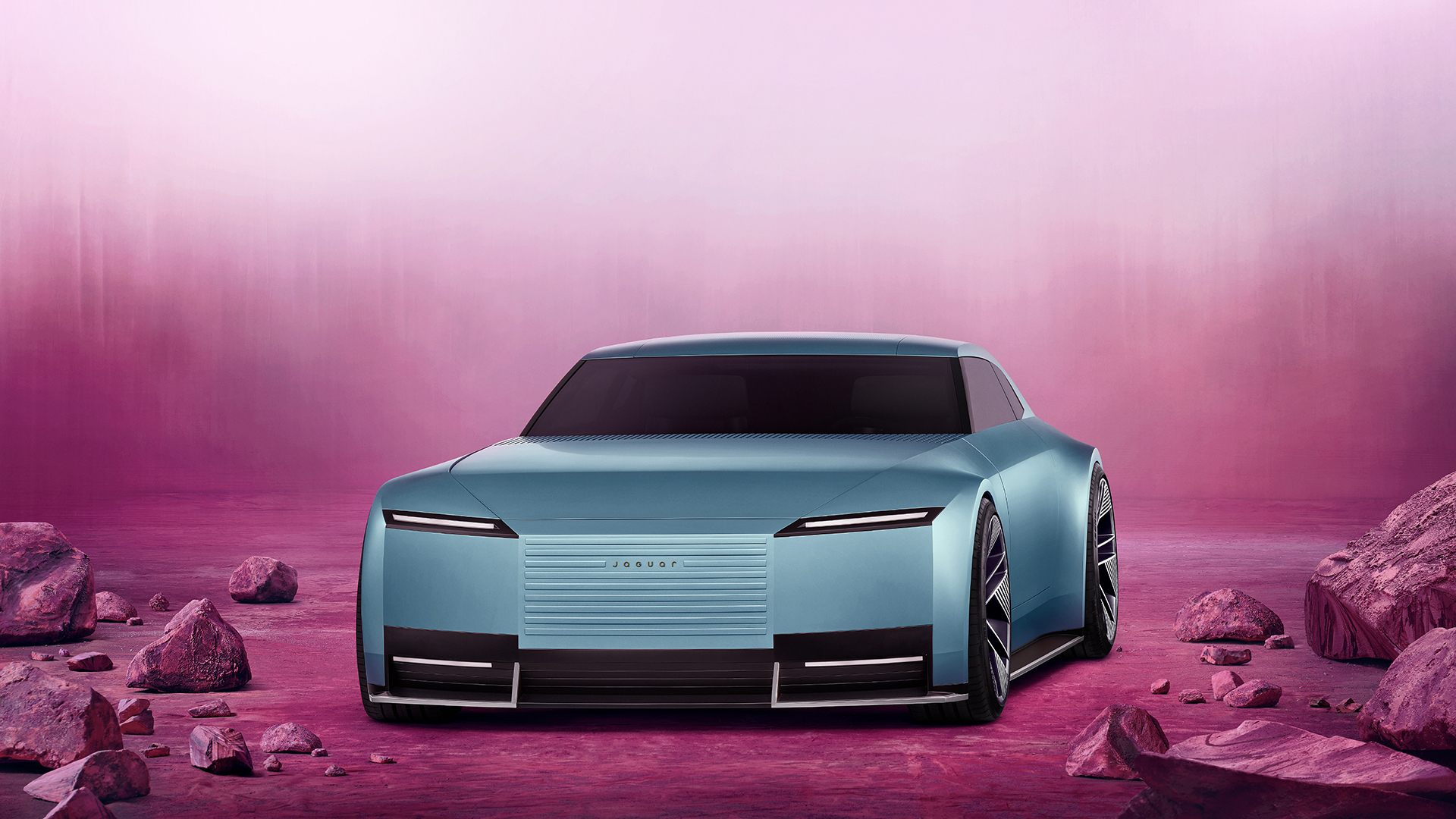
Credit: Jaguar
This willingness to sacrifice broad appeal for authentic connection has deep philosophical roots for McGovern: “I have a particular view, and that has always been if you are trying to create something really special, unique, a brand that has got real emotional resonance with consumers, if you become preoccupied with everybody wanting to love you, you’ll fail massively.”
Despite the mixed reception, early commercial indicators suggest underlying demand for Jaguar’s new direction. Over 32,000 people have already expressed interest in the forthcoming electric GT, according to JLR reports, representing significant pre-launch engagement for a vehicle priced well into six figures.
This response aligns with Jaguar’s deliberate strategy of moving away from high-volume sales to target a more exclusive clientele. The brand’s willingness to sacrifice volume for exclusivity reflects broader luxury industry trends toward scarcity-driven desirability.
Current search data from DLG shows Jaguar generating 8.4 million searches year-to-date in 2025, having stabilised at approximately 9-10 million searches monthly – roughly equivalent to pre-announcement levels. This suggests that while initial shock value has subsided, sustained interest has remained.
Understanding the Modern Luxury Consumer
McGovern’s vision extends beyond automotive boundaries, drawing inspiration from the most successful luxury brands across industries. His reference point is telling: “If I look at somebody like Hermès, with a market cap of over 300 billion – their whole brand is based on creativity, based on a legacy that was created a long time ago, but always kept themselves modern and contemporary. So I might argue it’s a parallel to that in the automotive world, because in my view, nobody’s done that yet.”
This strategic shift reflects a sophisticated understanding of modern luxury consumption patterns. Contemporary luxury consumers increasingly move fluidly between art, fashion, design, and high-end automobiles, rejecting the rigid category boundaries that once defined luxury marketing.
McGovern describes this evolved customer profile: “The type of customers that we’re targeting or we think will appeal to this vehicle, they’re not necessarily petrol heads. They’re people that are cultured. They love art, they love design, they want beautiful things. And the vehicle will be an extension of those values and their personality of which, performance is one part of it. But the car will have all those things.”
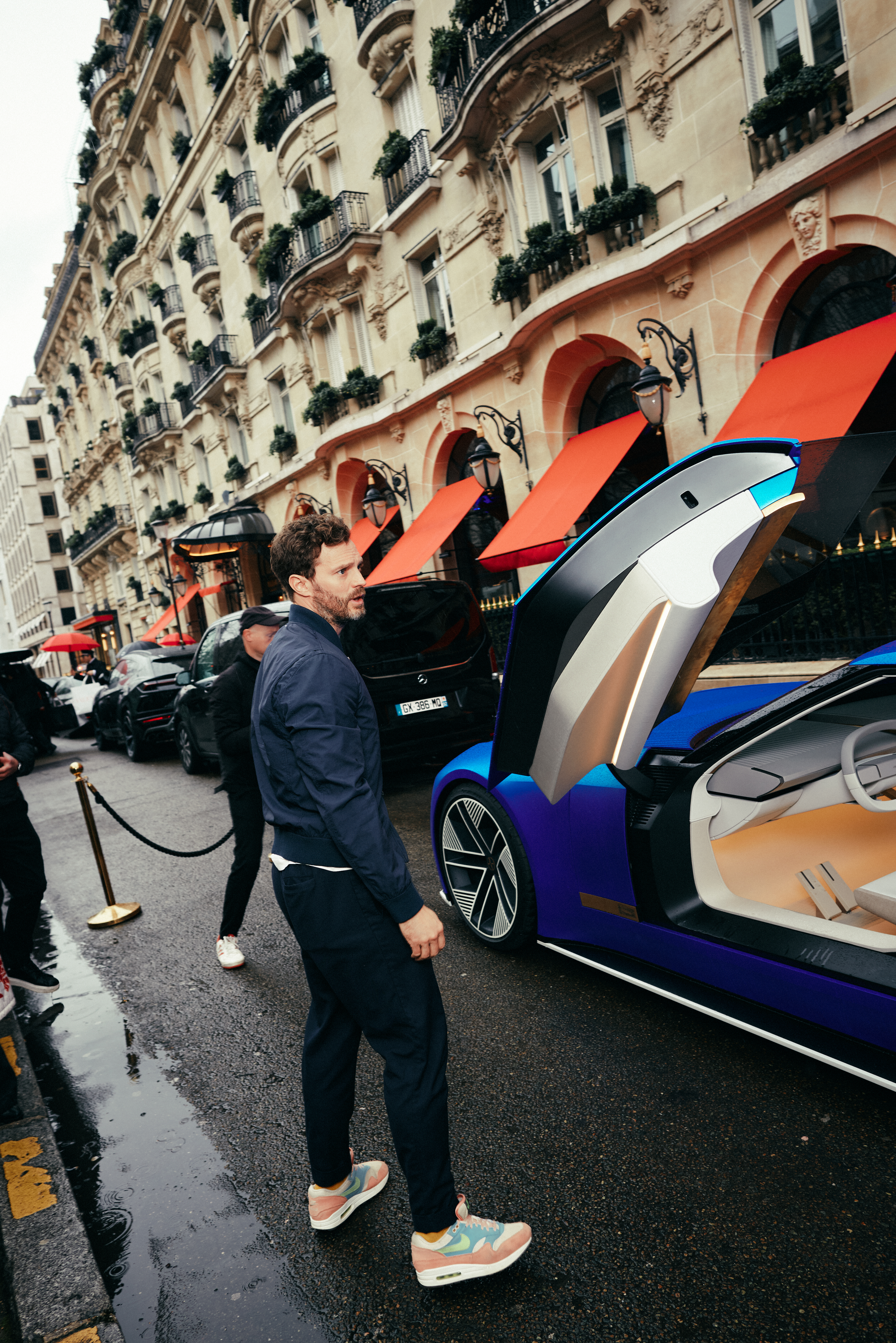
Credit: Jaguar
This understanding drives a fundamental shift in how the brand creates emotional connection. As McGovern puts it: “Great brands aren’t about what necessarily they look like it’s as much about how they make you feel now.”
The Stakes of Transformation
As the brand moves toward actually selling vehicles under its new positioning, the ultimate test will be whether cultural visibility can translate into the emotional connection with luxury consumers necessary for commercial success. The stakes, as industry observers note, could not be higher: For Jaguar, this transformation represents not merely an opportunity for growth, but a fundamental question of long-term survival in an evolving luxury landscape.
McGovern’s bold experiment offers a compelling case study for any heritage brand grappling with relevance in contemporary markets. By choosing radical differentiation over safe evolution, Jaguar has positioned itself at the centre of crucial conversations about the future of luxury branding. Whether this cultural capital converts to commercial success will determine not only Jaguar’s fate, but potentially influence how other luxury brands approach their own transformations in an increasingly fluid and demanding marketplace.
Listen to the full interview with Gerry McGovern OBE on Episode 6 of The Luxury Society Podcast on Apple, Spotify, and other major podcast platforms.
Subscribe to The Luxury Society Podcast to receive notifications about new episodes featuring luxury industry leaders. Never miss an episode as we continue exploring the themes shaping the future of luxury.


